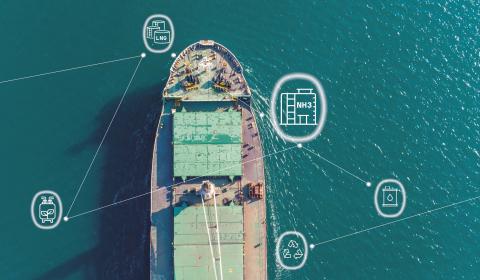
GUIDELINES SHAPE THE FUTURE OF FOWT
Floating Offshore Wind Technology (FOWT) is still in the relatively early stages of development, but it has the potential to unlock a promising offshore market in deep waters.
To achieve large-scale deployment, many technical, economic and political challenges must be overcome. There is an estimated offshore wind resource of around 4,150 GW across US coastal regions, including the Great Lakes, the Gulf of Mexico and the West Coast, but more than half this potential capacity is in waters of an average depth greater than 60 meters.
Tension Leg or Semi-Submersible designs could offer cost-effective solutions versus traditional large diameter monopole, jacket or gravity-based solutions where water depths exceed 50 meters. As depths increase above 100 meters, Spar-Buoy floaters provide a simple, elegant design. However, the large draft requirements may create logistical challenges during assembly, transportation, and installation.
As an active contributor to the IEC Technical Committee 88 developing international standards on FOWT designs, Bureau Veritas is well placed to offer guidance to developers of this next-generation technology. We have published guidelines specifying the criteria under which floating offshore wind turbines will meet the principles of structural design, load cases for the platform and mooring system, and stability and structural design criteria for the top structure under site-specific environmental conditions.
BV Guidance Note NI 572 covers the certification requirements of single or multiple horizontal or vertical axis FOWTs, and our suite of Ariane 7 and HydroSTAR software tools provides the information and guidance developers need to design sea-keeping, station keeping, hydrodynamics and hydro-mooring coupling for FOWT designs. Bureau Veritas engineers can also review fully aero-coupled designs, using Deeplines Wind™ software by IFP Energies nouvelles & Principia.
Photo Credit: Principle Power










